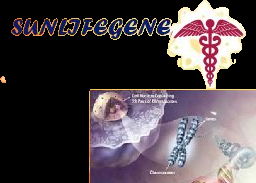Comparing the Omicron Mutations with other Sars-CoV-2 Variant of Concerns

Keva Garg, G11 Student at University of Toronto Schools, HOSA National Officer, an honor student with a near-perfect 3.9 GPA. Keva Garg has participated in the Sun Life Gene Academic Medical Program (SLAP) since September 2020 with most outstanding performance.
Abstract:
Two years after the emergence of the SARS-CoV-2 pandemic, multiple variants of the virus have emerged such as Alpha, Beta, Gamma and Delta variants. The latest variant of SARS-CoV-2, B.1.1.529 (Omicron), was first reported to the World Health Organization (WHO) by South Africa on November 24, 2021, and was classified as a variant of concern two days later. However, Omicron exhibits even higher mutation levels than previous SARS-CoV-2 variants, with 37 amino acid substitutions in the spike (S) protein, 15 of which are in the receptor-binding domain(RBD). Due to numerous mutations in the spike protein, Omicron is capable of increasing viral transmissibility, conferring resistance to therapeutics, or partially escaping infection or vaccine-induced immunity. This review summarizes the mutations in Omicron and other Variant of concern (VOCs) (Alpha, Beta, Gamma, Delta), the global VOC transmission using Pango, the impact on vaccine development monoclonal antibodies, and compares Omicron’s mutation impact on B cell and T cell response. Keywords: SARS-CoV-2, Omicron Mutations, Variants of Concern (VOCs) Mutation
mple Text
